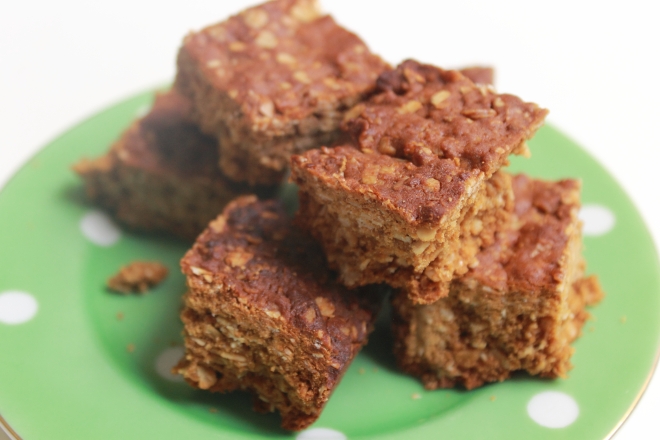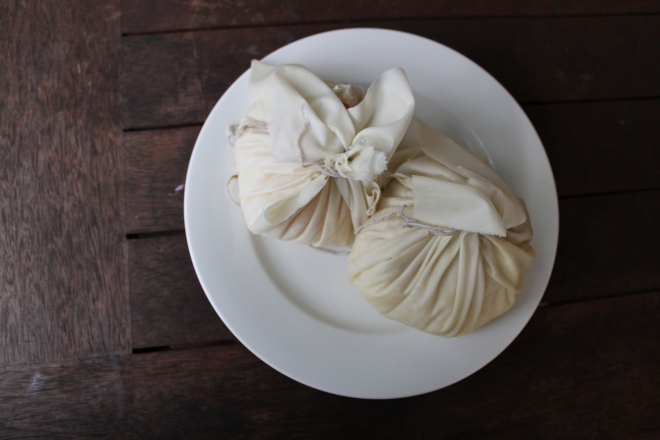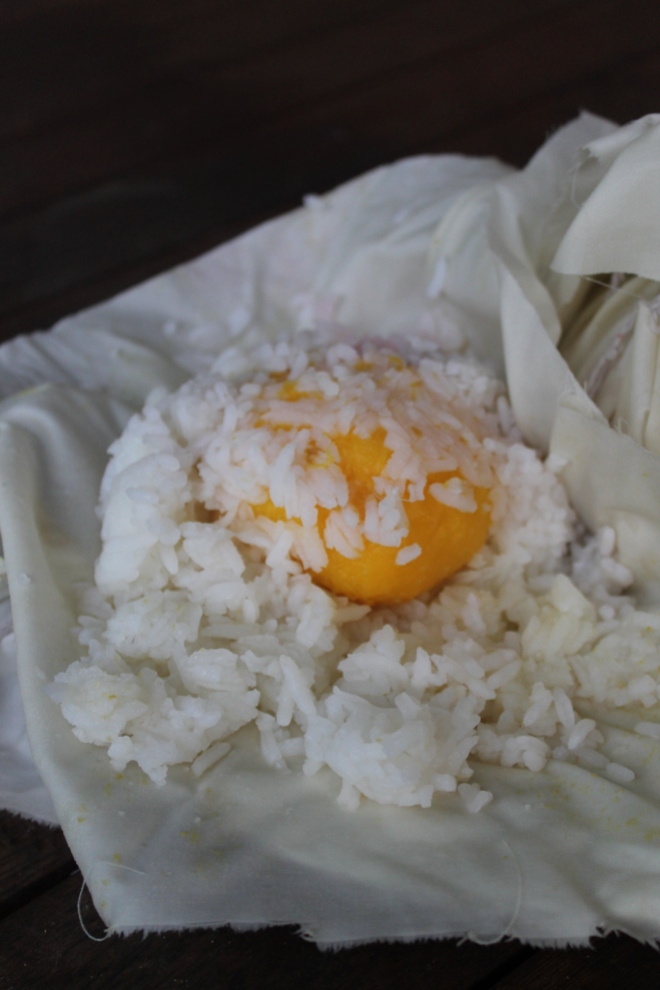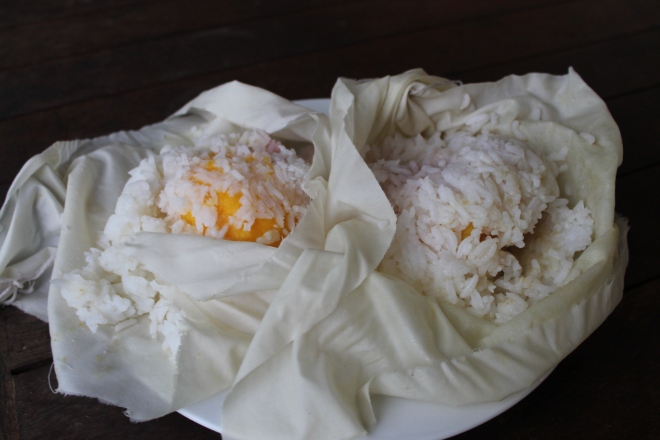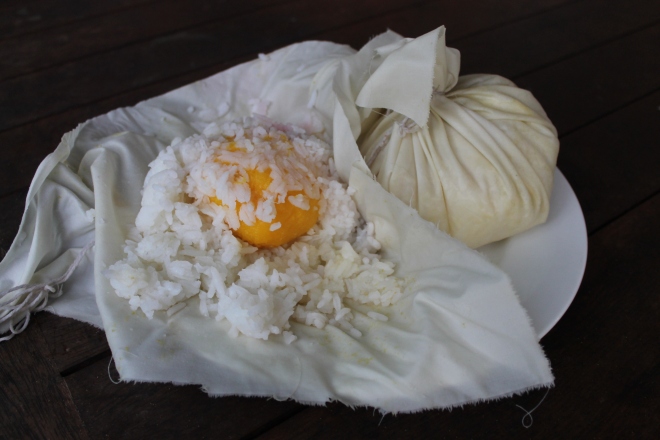Every September the Art Deco Society of California hosts the Gatsby Summer Afternoon but even though I’ve been living in the Bay Area for the last few years I’ve never made it to one of these huge art deco themed picnics. This year, because of COVID-19, there was a Virtual Gatsby Summer Afternoon which meant that we could run a scaled-down version of our own. We had a great time with some of the neighbours, and won best small picnic!
Being back in Australia, I went with an Australian 1930s theme and nearly all the recipes were recommended for picnics in Australian newspapers during the 30s. Some were surprise hits (cream cheese and walnut sandwiches anyone?) but others like the beetroot mould, not so much.
These vintage recipes are a super easy way to get started with historical cooking, and are easy to add into everyday life, but make a really impressive collection when you make a few together. You could also try this recipe for chicken picnic patties that I’ve made before, and read a little about the tradition of picnics in Australia too. If you feel inspired to make some, leave a comment to let me know how it goes! And to get you in the spirit, try listening to this Balboa playlist by John Bell while cooking and/or picnic-ing!

Try some of these recipes and you can have a delightful picnic, just like this stylish 1930s family. Picnic Delights! 1935, The Australian Women’s Weekly (1933 – 1982), 2 November, p. 35. ,[Public Domain] via Trove.
The Recipes
Cheese Paste Sandwiches from the Launceston Examiner, 11 Dec 1935
“Cheese Paste. – ¼ lb. Butter, ½ lb. cheese grated, 3 eggs, 2 tablespoons milk, cayenne pepper. Method: Put butter and milk in saucepan and melt, add cheese, do not stir until cheese is melted. Add eggs well beaten and cayenne. Stir until it thickens, but do not let the mixture boil. Put into jars and cover with oil paper and keep in cool place. Serve hot or cold, spread on biscuits, in sandwiches, or on pastry.”
Notes: Like most of the recipes here, I scaled this down since I was making a lot of different recipes. I used 57g butter, 113.5g grated cheddar cheese, 1.5 eggs, 1 tbsp milk, and a pinch of cayenne. Make this the day before you want to eat the sandwiches, and put it in a little jar or ramekin and allow it to set in the fridge. To make the actual sandwiches, spread the paste on lightly buttered bread and if you want you can cut the crusts off. We had plenty of leftovers, and ate it on toast.

Cucumber Sandwiches from the Yackandandah Times, 3 Oct 1930
“Cucumber Sandwich. – Spread some bread and butter with very thin slices of cucumber and a little thick cream mixed with salad dressing.”
Notes: for the salad dressing recipe see below. These were simple but delicious!
Walnut and Cheese Sandwiches from the Yackandandah Times, 3 Oct 1930
“Walnut and Cheese Sandwich. – Cut some slices of thinly-buttered bread, and spread them with a good layer of cream cheese, followed by a thick layer of nuts chopped into small pieces, add a little salt and press the bread together.”
Notes: I didn’t expect much of these, but was really pleasantly surprised and they were the first thing to disappear.
Cheese Biscuits from the Melbourne Age, 27 Nov 1937
“Take ½ oz. butter, 1 oz. flour, ½ oz. grated cheese, salt, pepper and a dash of cayenne pepper. Rub the butter lightly into the flour, then add the grated cheese and seasonings. Make this into a stiff paste with cold water, then roll out on a floured board. Cut into rounds with a two-inch pastry cutter. Brush the biscuits over with beaten egg, and bake in a moderate oven.”
Notes: I doubled this recipe and actually could easily have made more, these were my favourites on the day. They’re basically really cheesy little crackers. I used 28g butter, 28g grated cheddar, 56g flour, a little salt, pepper and cayenne, and enough cold water to bring the dough together. Bake them until golden at around 180°C.

Mayonnaise of Eggs from The Australian Women’s Weekly, 2 Nov 1935
“Hard-boiled eggs, lettuce, mayonnaise or salad dressing.
Shell eggs; cut in half; shred the lettuce finely and place a little in paper souffle-cases. Arrange an egg on the bed of lettuce. Pack in box. Carry mayonnaise in cardboard screw-top container. When you arrive at destination a little mayonnaise can be poured over the egg.”
Notes: It wouldn’t be a vintage picnic without a slightly disturbing mayonnaise recipe. This one couldn’t be simpler, and looks great in little paper muffin cases if you don’t have souffle cups on hand.

Beetroot Mould from The Australian Women’s Weekly, 2 Nov 1935
“One bunch beetroot, water, a little vinegar, 6 cloves, powdered gelatine, salt and mustard, cayenne.
Prepare beetroot by washing it well and leaving the stalks on. Do not cut it in any way or prick it, otherwise it bleeds. Put the beetroot into a large saucepan of boiling, salted water and boil till tender. Drain in a colander. When cold, remove the skin and cut into thin slices. Take one piece of beetroot before cooking, peel it, and boil it in vinegar and water to which salt, cayenne, mustard and cloves have been added. The object of peeling is to extract the color, making the liquid red. Strain it, and to every cupful of liquid add one dessertspoon of gelatine. Stir till well dissolved. Line a wetted mould with the cooked beetroot. Pour in liquid and leave on ice till set. Turn out in the usual way and serve with cold meat.”
Notes: this was so bad it was basically inedible but if you want to give it a go yourself boil 3 whole beets in salted water until tender, drain and cool before peeling and slicing thinly. Boil a fourth, peeled, beet in 1 ½ cups water, 1 cup vinegar, 6 cloves, 1 tsp mustard powder, ½ tsp cayenne pepper and a little salt. Measure the liquid, and sprinkle on one dessertspoonful of gelatine for every 250ml of liquid, stir to dissolve. Line a wetted ring mould with the sliced beetroot and gently pour the liquid on top. Leave in the fridge to set overnight, then dip the mould briefly in a sinkful of hot water to loosen before turning out onto a plate (just a second or two should do it, don’t leave it too long or you will dissolve the jelly!).
I did use mustard powder instead of mustard, but think that it probably should have been English style mustard or something similar. The cayenne and vinegar flavours are very strong so you could certainly reduce the amount of cayenne. Possibly it would be slightly better if served with a fatty cold meat, but I doubt it would ever be good.

Potato Salad from the Melbourne Age, 27 Nov 1937
“Take 2 cupfuls of cooked potatoes, 1 tablespoonful chopped parsley, 1 teaspoonful chopped onion, ½ teaspoonful salt, a dust of pepper and French dressing. Cook the potatoes in salted water till they are tender, but not squashy. When cool, cut them up, add the parsley, and moisten with the dressing. Season with salt and pepper and toss together lightly. Sprinkle with the onion, and stand in a cool place till they are very cold. This can quite easily be packed in a billy for a picnic.”
Notes: this was delightful, with a light dressing unlike creamy potato salads which are so common now. I made the dressing by combining ½ cup olive oil, 1⁄6 cup red wine vinegar, ½ tsp icing sugar and some salt and pepper in a small jar. Use new potatoes if you can get them.

Cucumber Boats from the Hobart Voice, 20 Feb 1937
“Take three cucumbers, 2 or 3 tomatoes, ½ cup chopped celery, 1 teaspoon chopped shallots, lettuce, salad dressing. Chill cucumbers and tomatoes. Peel the cucumbers and cut them into halves, lengthwise, without breaking them. Scald and skin the tomatoes and cut into dice or cubes, drain off the juice. Mix the cucumber pulp, the tomatoes, and the chopped celery, and add a little salt and pepper to flavor. Fill the cucumber halves with this, and pile high. Arrange them on a bed of crisp lettuce leaves. Garnish with curls of celery or some water cress, and serve with a salad dressing.”
Notes: these would be quite a fun thing for kids to help make, and for older kids you can set them to making the celery curls to garnish the plate. I used two small Lebanese cucumbers, and you scoop out the seeds in the center before piling them high with filling.

Epicurean Fruit Salad from the Launceston Examiner, 11 Dec 1935
“Peel, prepare and dice apple, pear, orange, ½ grapefruit, pineapple, ½ stalk white celery, walnuts cut into dice. Mix all these fruits together lightly. Arrange on lettuce leaves, garnish with a cherry. Serve with a cream salad dressing to which has been added 1 tablespoon whipped cream. – Mrs. H. A. Beasley, Upper Melbourne-street, Launceston.”
Notes: this is a kind of sweet/savoury fruit salad and I wasn’t sure how it would go, especially with salad dressing but it was actually very pleasant.
Cream Salad Dressing from the Williamstown Chronicle, 8 Feb 1936
“One tablespoon flour, 1 ½ tablespoons butter, 1 egg, ¾ cup milk, salt, cayenne, 1 teaspoon mustard, 1 ½ tablespoons sugar, ¾ cup vinegar. Mix all dry ingredients. Add beaten egg, milk, and butter. Cook over boiling water till mixture thickens, then add vinegar gradually, stirring constantly. Strain and cool.”
Notes: this was also surprisingly good, with a nice tanginess to it. Cook it in a bain marie, and keep a careful eye on it because the bottom will thicken faster than the rest so you need to keep whisking it to avoid lumps.

Almond Biscuits from the Western Argus, 19 Sep 1933
“You will like these biscuits to take with you on your picnics. Cream together ¼ lb. of butter and ¼ lb. of caster sugar. Stir in two well-whisked eggs and gradually add 6 oz. of self-raising flour, a pinch of salt, and ¼ lb. of ground almonds.
Mix well together until a stiff paste is formed. If too moist add a little more flour. Roll out about ¼ in. thick on a well-floured board, cut into small rounds of fancy shapes, put on flat greased tins, brush over with a little beaten egg and milk, and sprinkle with chopped blanched almonds.
Bake in a moderate oven for about 15 minutes or until golden brown. Leave the biscuits on the tins for a little while after taking out of the oven, or they are liable to break when removed.”
Notes: I used 113g butter, 113g caster sugar, 2 eggs, 170g self-raising flour, a pinch of salt, 113g ground almonds and some chopped, blanched almonds. These were pretty plain, but good.

Washington Sponge Cake from The Tribune, 5 Nov 1937
“This Washington sponge cake is made with ingredients as follows: 1 ¼ cups sifted cake flour; 1 ¼ teaspoons double-acting baking powder; ¼ teaspoon salt; 1 cup sugar; 1 tablespoon grated orange rind; 2 eggs and 1 egg yolk; ¼ cup orange juice; ¼ cup water; raspberry jam. Sift flour once, measure, add baking powder and salt, and sift together three times. Add ½ cup sugar and orange rind to eggs, and beat with rotary egg beater until thick and lemon-colored; add remaining sugar gradually, beating very thoroughly; then add orange juice and water. Add flour gradually, beating with rotary egg beater until smooth. Bake in two ungreased 9 inch layer pans in moderate oven (350 degrees F.) 30 minutes or until done. Invert on rack until cakes are cold. Spread jam between layers. Sift powdered sugar over top.”
Notes: I thought this recipe was from an Australian newspaper, but it turns out it’s actually from a newspaper based in the Philippines. The main change I made was to grease and line the base of the two pans because I didn’t want to risk them sticking. The cake was good, but very sweet. It might help to add a layer of whipped cream on top of the jam between the layers, in order to cut some of the sweetness. Sift over icing sugar to serve.

Pineapple Julep from Good Drinks by Ambrose Heath, first published 1939
“Peel, slice, and cut up a ripe Pineapple into a glass bowl, add the juice of two Oranges, a gill of Raspberry syrup, a gill of Maraschino, a gill of old Gin, a bottle of sparkling Moselle and about a pound of shaven ice. Mix and serve.”
Notes: warning, this is pretty potent stuff! I made a basic simple syrup with some raspberries, then sieved it to remove the seeds. A gill is about 120ml, so I used half a cup of syrup, half a cup of cherry liqueur, half a cup of gin, ½ a pineapple, 2 oranges, and a bottle of prosecco. Mix and add plenty of ice. I also threw in some borage flowers since I had them and they’re so pretty in drinks.








































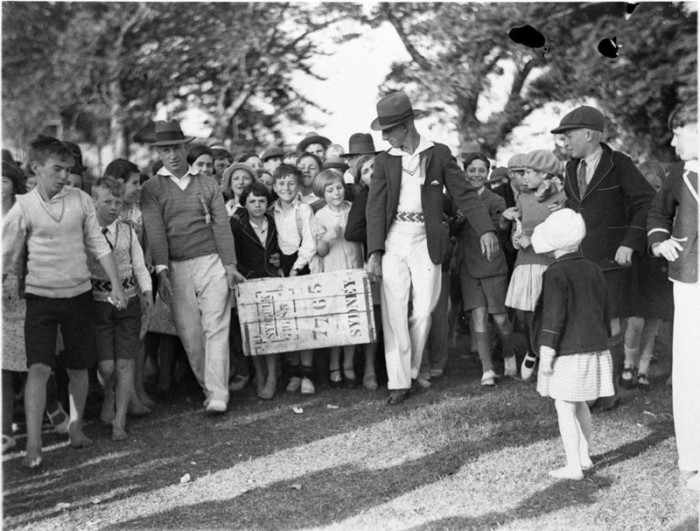

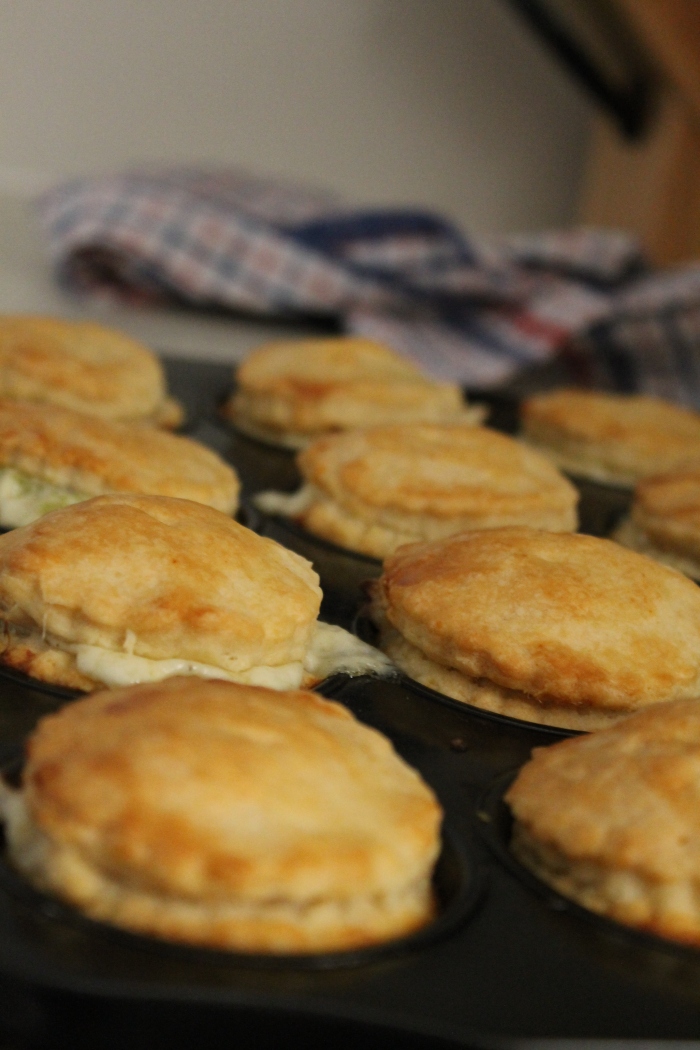
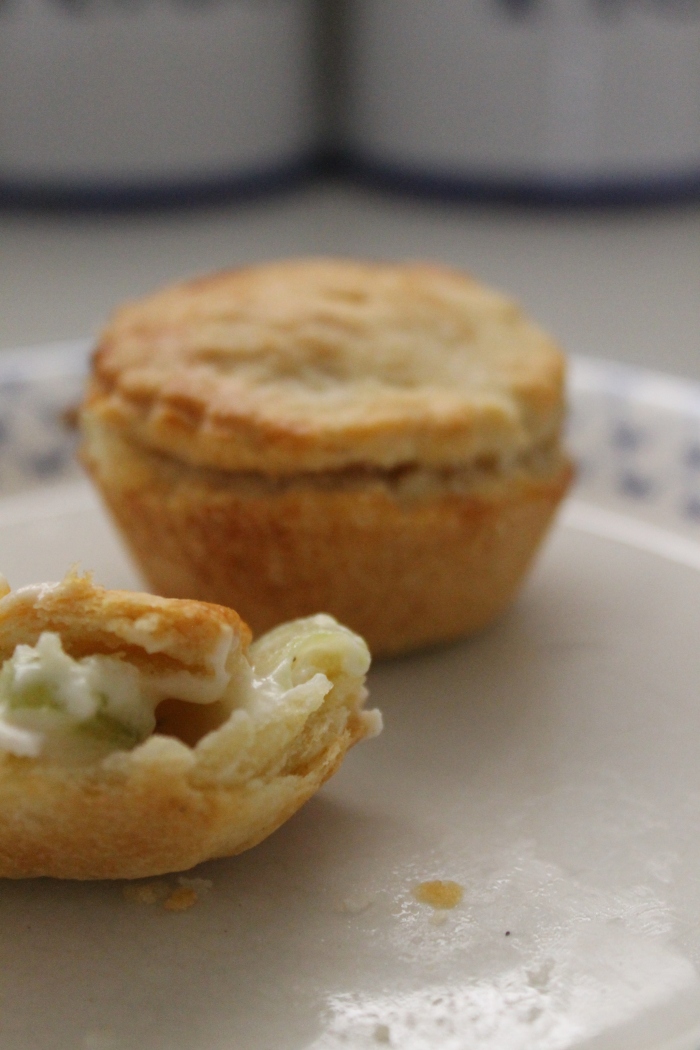 The Round-Up
The Round-Up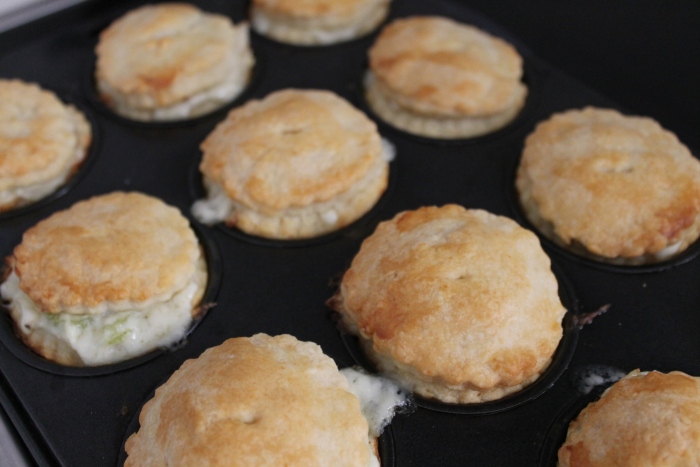
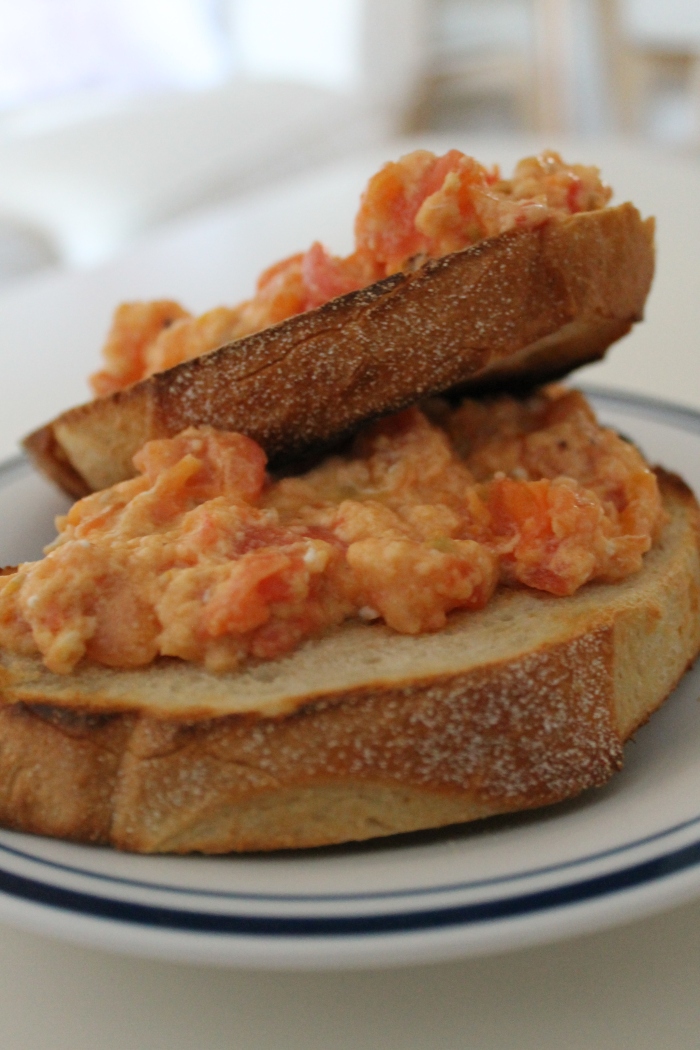 This is just a quick post to get me back on track with the
This is just a quick post to get me back on track with the 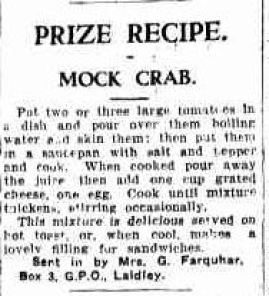
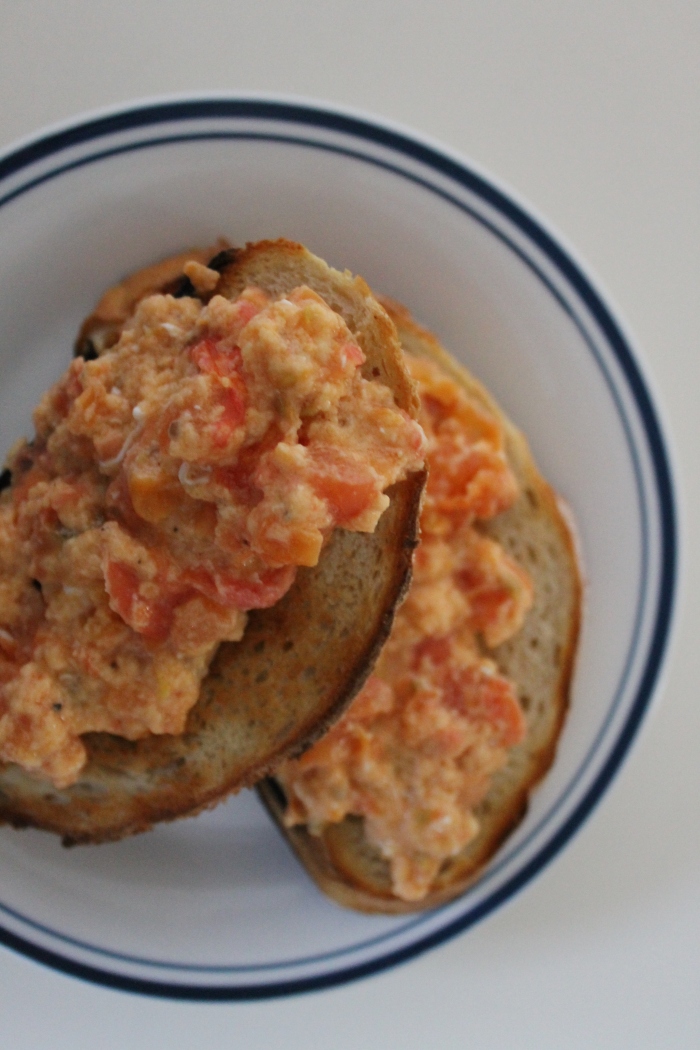
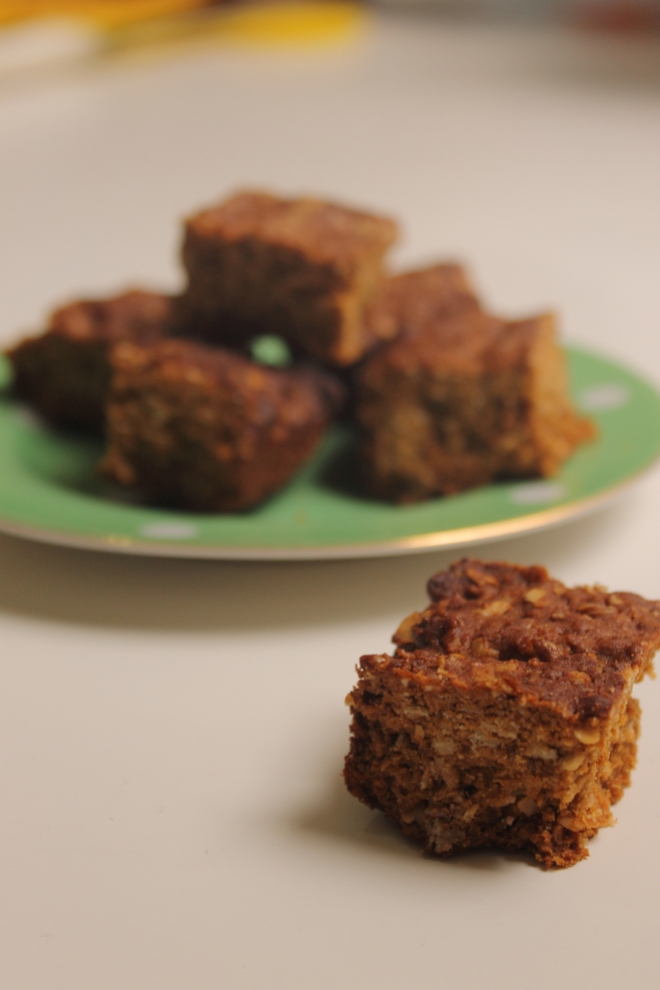
![By Spider.Dog (http://www.flickr.com/photos/spiderdog/2484274442/) [CC BY-SA 2.0 (http://creativecommons.org/licenses/by-sa/2.0)], via Wikimedia Commons](https://turnspitandtable.files.wordpress.com/2015/11/yorkshireparkin.jpg?w=660&resize=660%2C495)
